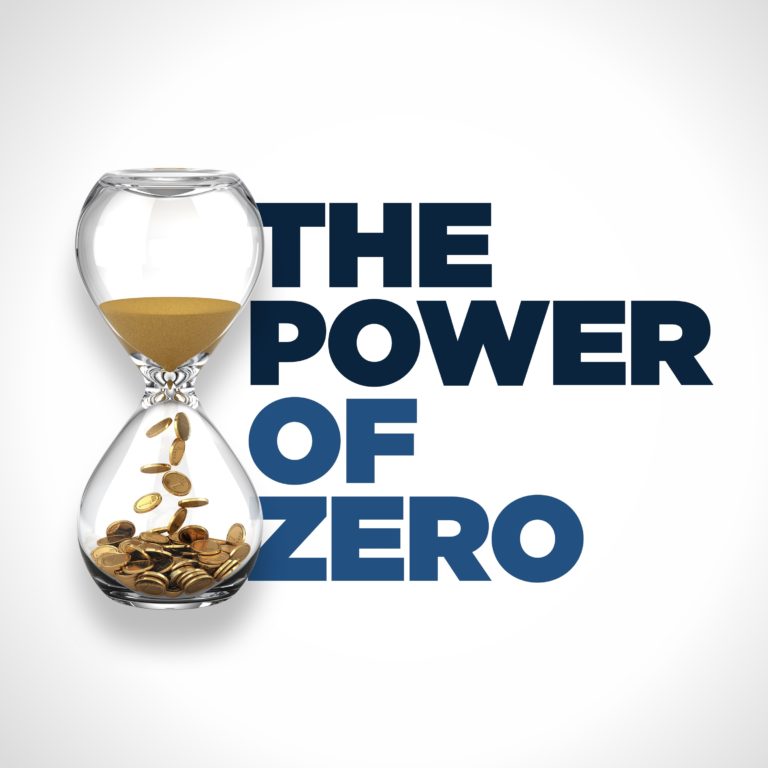Portions of the following content have been adapted from the book Tax-Free Income for Life by David McKnight.
In my last article, I discussed how converting a fixed index annuity to a Roth IRA may help combat the effects of higher taxes and Social Security taxation – and some inherent challenges with this strategy, too. If you need a refresher on why an all-in-one-year Roth conversion can be problematic, I encourage you to go back and read it again. I’m continuing the conversation in this article, where I’ll dive deeper into a concept I also introduced in that article: the PIRC. These piecemeal internal Roth conversions are not without their own challenges, so continue reading to learn more.
One of the constraints of the piecemeal internal Roth conversion (PIRC) of the fixed indexed annuity is that you won’t be able to draw your guaranteed lifetime income until your conversion is complete. That could take anywhere from one to ten years, depending on the size of your IRA, and the level of annual taxation you feel comfortable paying. Given this waiting period, a question naturally arises: How will you pay for your lifestyle and other cash flow expenses in the meantime?
This is where the non-annuity portion of your retirement portfolio plays a critical role. Because it takes much less capital to neutralize longevity risk through an FIA than it does through the Three Percent Rule, which I’ve written about previously, you’ll still have money left in your stock market portfolio. A portion of these remaining assets must be earmarked for three critical cash flow needs during the Roth conversion period:
SEE ALSO: Avoiding the Greatest Retirement Risks: Part One
CASH FLOW NEED NO. 1: YOUR LIFESTYLE
One of your largest cash flow needs during the Roth conversion period is your lifestyle expenses. For this reason, it’s best to complete your conversion in as short a period as makes financial sense. The sooner you complete your Roth conversion, the sooner you can elect your guaranteed lifetime income, and the less money you’ll have to spend on your lifestyle in the meantime. Furthermore, shorter conversion periods increase the likelihood you’ll finish paying taxes on those conversions before tax rates go up for good.
CASH FLOW NEED NO. 2: YOUR LIFE INSURANCE RETIREMENT PLAN
Unfortunately, the cost of long-term care can force you to burn through a lifetime of savings in just a few short years. A long-term care event can also have devastating effects on a spouse. This is where a life insurance retirement plan (LIRP) can play an important role in mitigating this insidious risk.
A LIRP is a life insurance policy specifically designed to build cash within the policy’s growth account. It does this by turning the traditional approach to life insurance on its ear. Conventional wisdom says that, when you buy life insurance, you should purchase as much death benefit as you can for as little money as possible. With a LIRP, you purchase as little death benefit as is required by the IRS and stuff as much money into it as the IRS allows. When structured in this way, the LIRP is ideally suited to mitigate a number of risks that threaten to derail your retirement plan, including the risk of a long-term care event.
The LIRP has a number of critical features that make it a compelling fixture in your tax-free income strategy. First, money within its accumulation account grows tax-deferred and can be distributed tax-free. Second, the LIRP’s death benefit can be accessed in advance of your death for the purpose of paying for long-term care. And should you die peacefully in your sleep thirty years from now, never having needed long-term care, someone’s still getting a tax-free death benefit.
In most cases, the LIRP can be fully funded over the same time period required to complete the Roth conversion of your FIA. The cash flow required to fund your LIRP will also be funded from the non-annuity portion of your retirement portfolio.
SEE ALSO: Is a ‘Tax Train Wreck’ Threatening Your Retirement?
CASH FLOW NEED NO. 3: TAXES
During the Roth conversion period, you’ll need to set aside liquid capital to pay for taxes. Now, paying taxes on your retirement accounts prior to when the IRS absolutely requires it may go against your most natural impulses, so I give you permission to not enjoy it. However, when given the choice between paying taxes at historically low rates and postponing the payment of those taxes to a later date when the rates are likely to be much higher, you’re definitely better off paying them today. The money required to pay these taxes will also come from the non-annuity portion of your retirement savings.
ONCE AGAIN, SEQUENCE-OF-RETURN RISK
The money earmarked for lifestyle expenses, LIRP contributions, and taxes during the Roth conversion period must be invested in such a way that it stays ahead of inflation while shielding you from sequence-of-return risk. For that reason, these funds can’t be invested in a traditional stock market allocation. Should the stock market take a spill during the Roth conversion period, you would be forced to liquidate your retirement accounts while they’re down. This could strike a devastating blow to your liquid assets in those critical early years of retirement. Even though you’d still receive that guaranteed stream of income at the end of your Roth conversion period, you’d have fewer assets with which to pay those discretionary expenses later in retirement. You can see how this would pose a critical problem.
PROTECTING YOUR CASH FLOW NEEDS
So, how do you protect your assets earmarked for cash-flow needs during your Roth conversion period? That’s where I’ll pick up in my next article, so stay tuned!
DO YOU HAVE ROTH CONVERSION QUESTIONS?
If you’d like to learn more about a Roth conversion or PIRC strategy, I hope you’ll reach out for a consultation. The approach we use to plan your secure retirement includes lowering your tax burden and optimizing your income streams with the objective of achieving a tax-free retirement so you can truly live your best life. I look forward to hearing from you!



